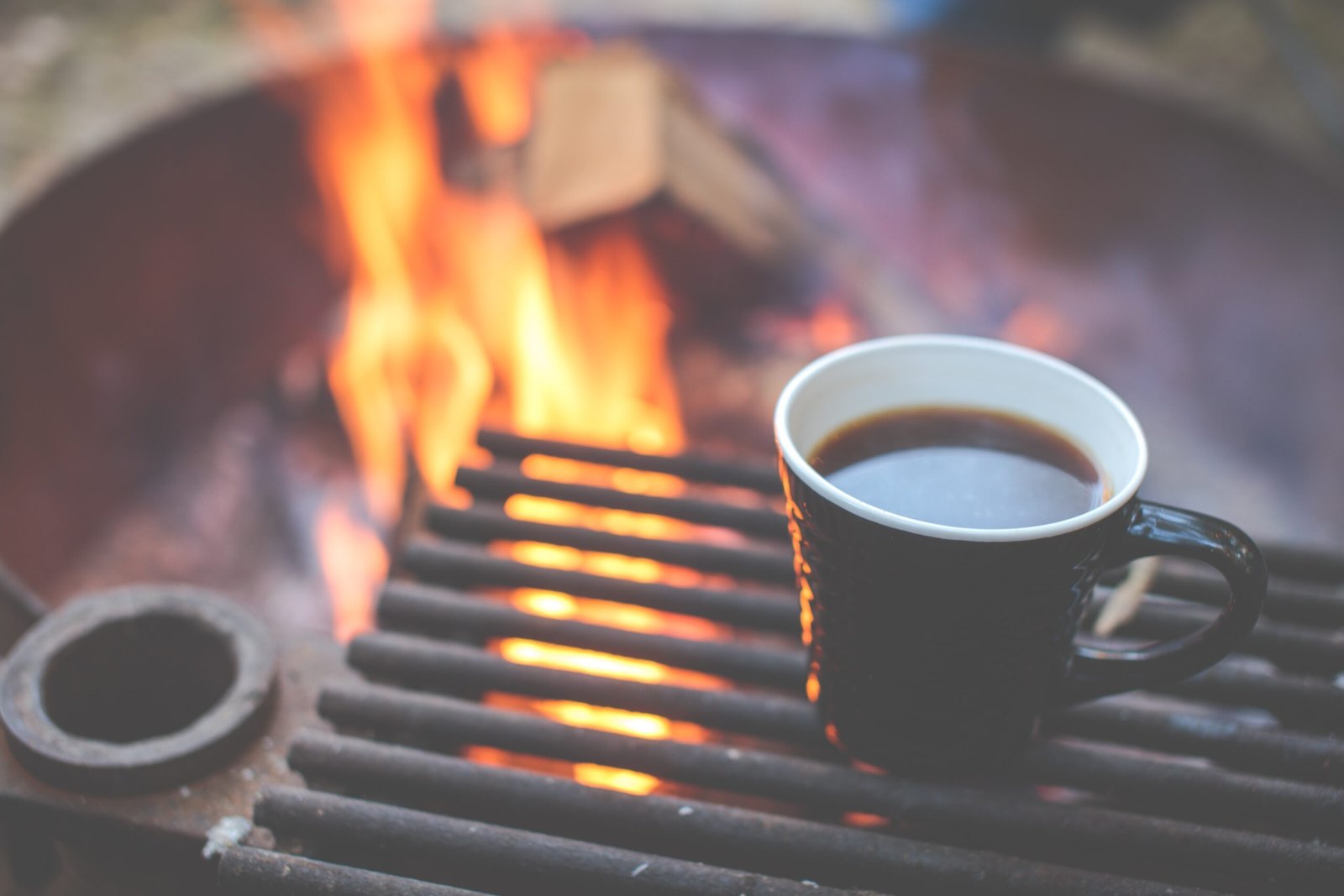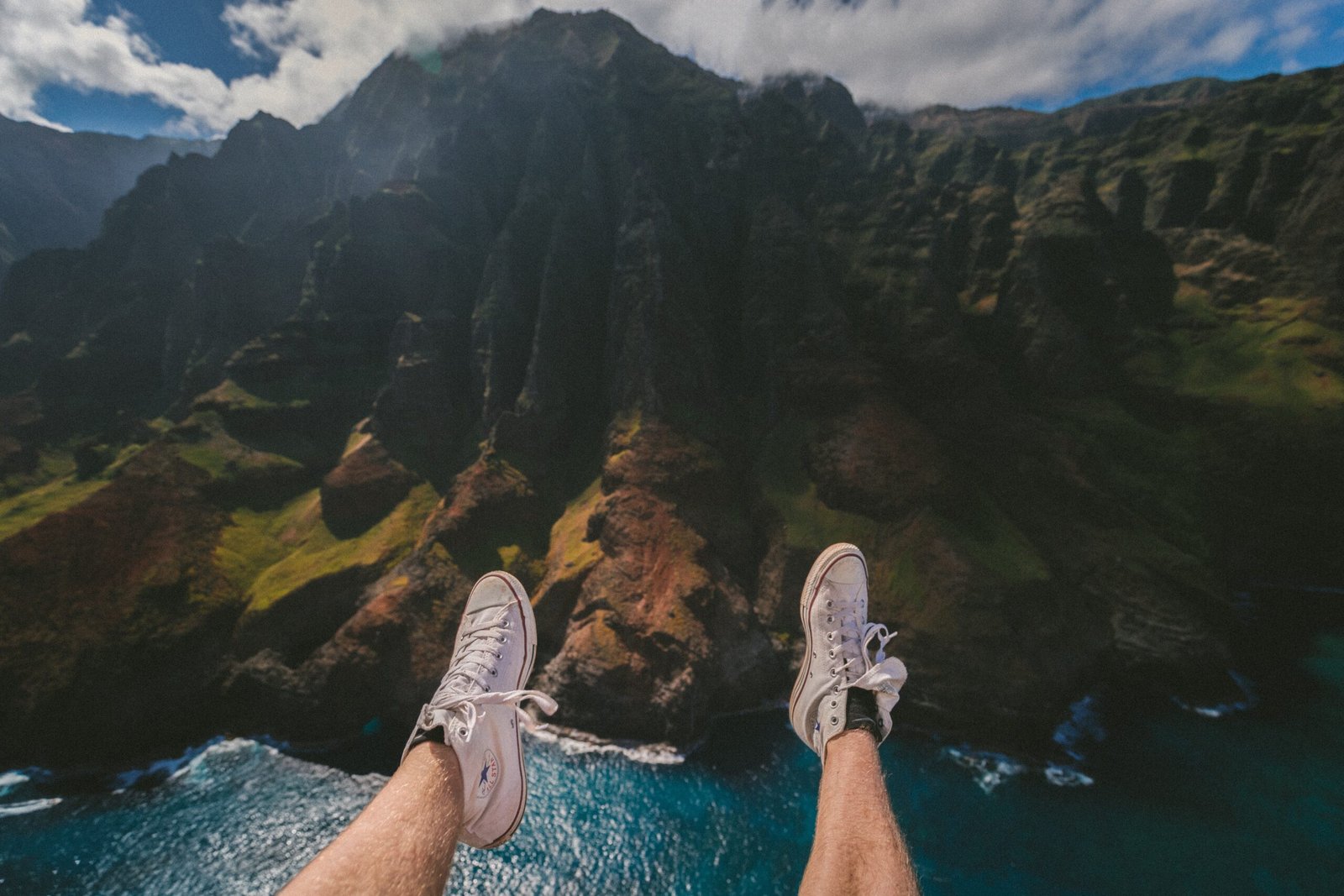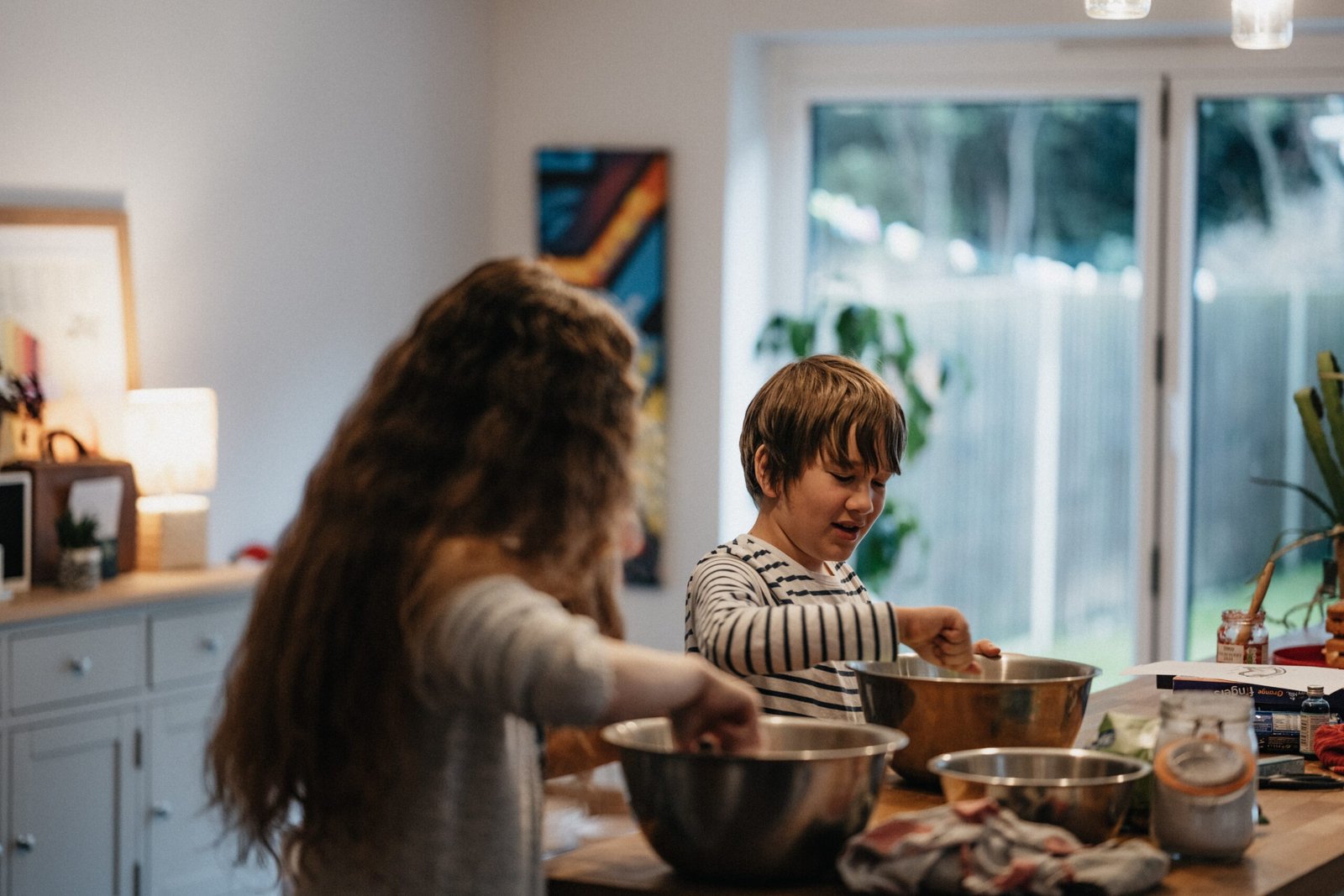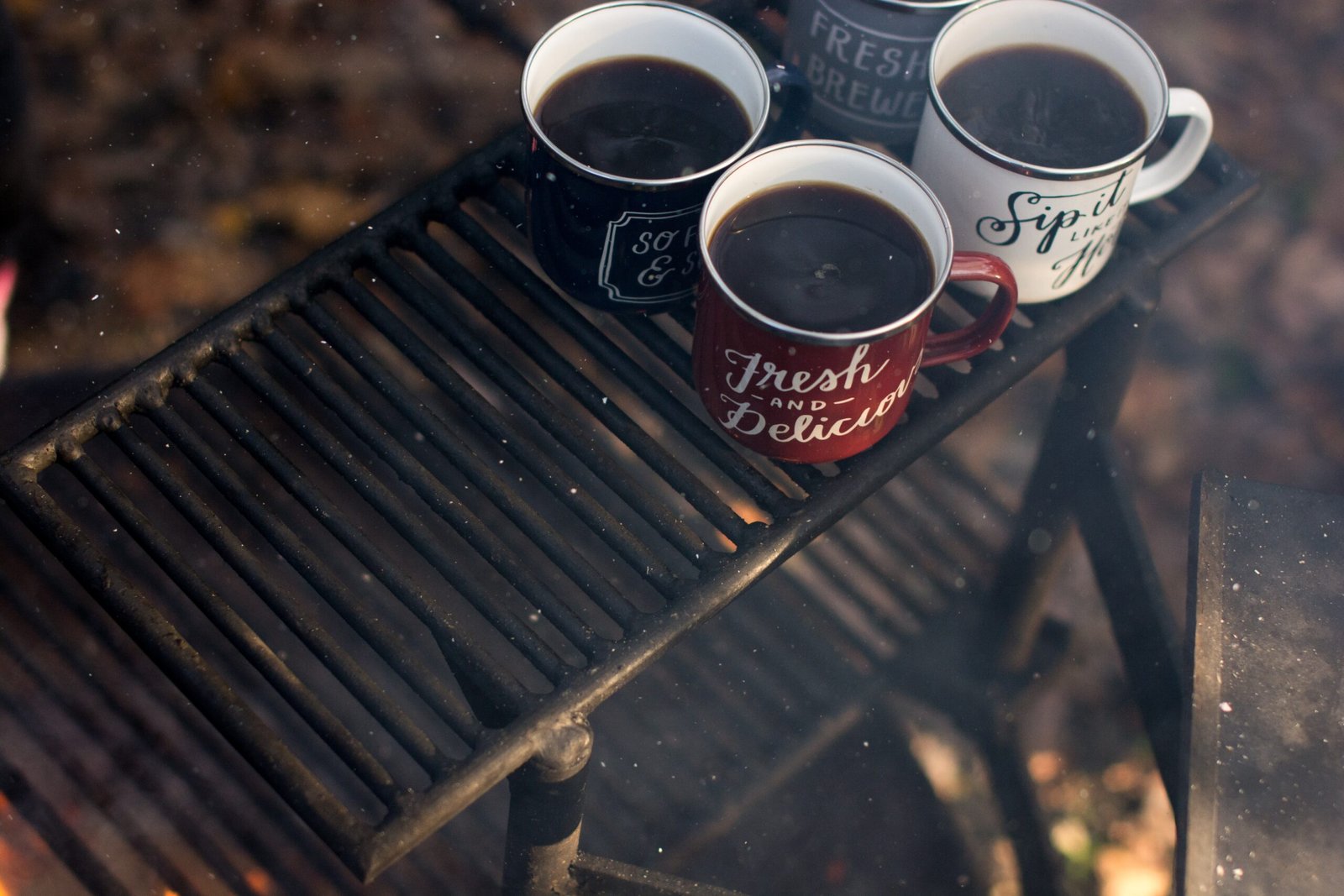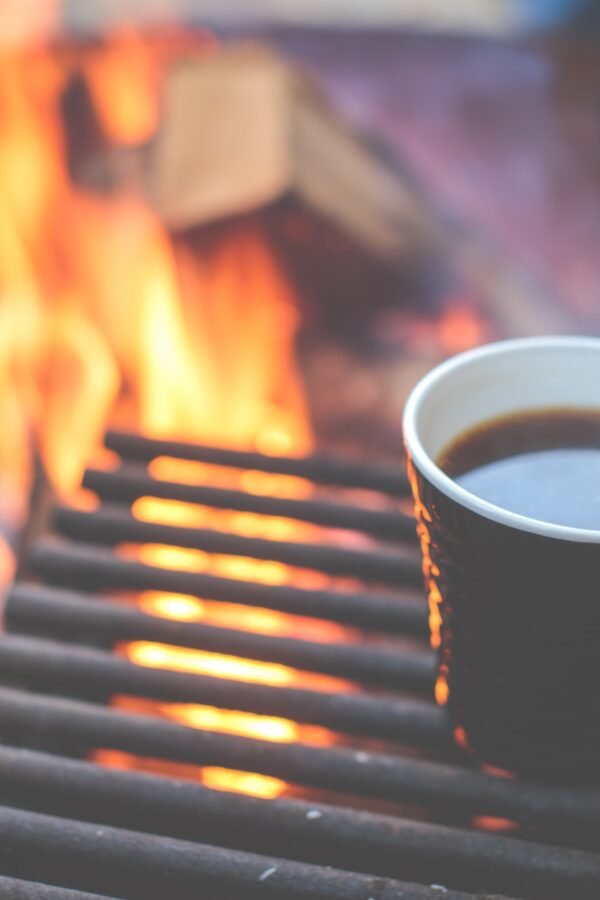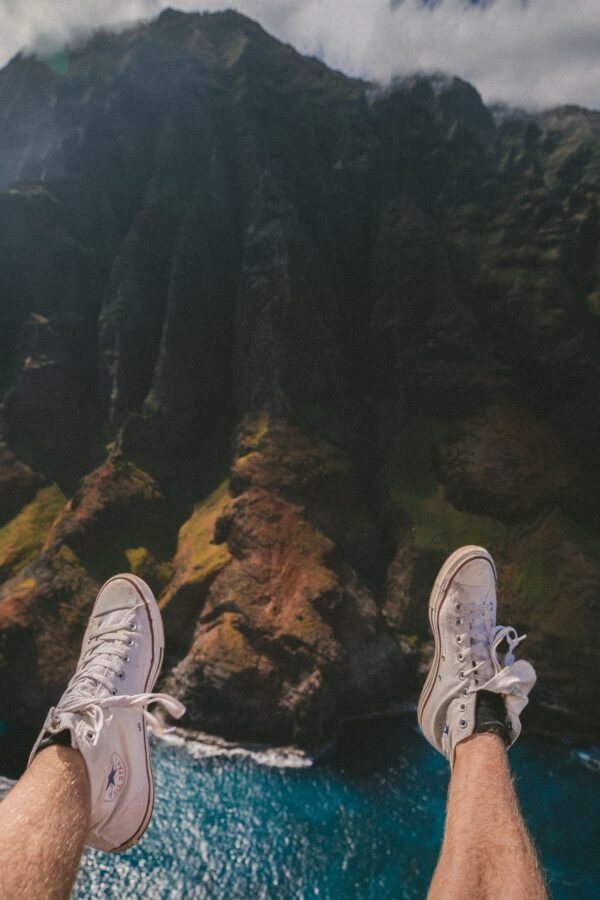Are you ready to embark on a thrilling camping adventure? Look no further for guidance on what to bring along! Join Tutti Camping as we unveil the essential items you need for an unforgettable camping trip. Equip yourself with the latest and hottest information and tips to make your experience truly magical. So gather your gear and let’s dive into the world of camping!
Shelter
Tent
A tent is an essential item for camping. It provides a comfortable and protected space for you to sleep and relax. When choosing a tent, consider the size and capacity that will accommodate the number of people camping. Look for a tent that is waterproof and durable to protect you from the elements. Set up instructions are usually included, so make sure to follow them carefully for a sturdy and secure shelter.
Sleeping bag
A sleeping bag is a must-have for a good night’s sleep while camping. It provides insulation and warmth, keeping you comfortable throughout the night. Choose a sleeping bag that is suitable for the expected temperature range of your camping location. Look for bags with a temperature rating that matches the night-time temperatures you anticipate. Additionally, consider the size and weight of the sleeping bag for ease of transportation.
Sleeping pad or air mattress
A sleeping pad or air mattress adds an extra layer of comfort and insulation between you and the ground. It helps to cushion your body and regulates temperature, providing better sleep quality. Sleeping pads are lightweight and compact, making them ideal for backpacking. On the other hand, air mattresses offer more comfort and are suitable for car camping when weight and size are less of a concern.
Pillows
A good pillow can make a significant difference in your camping experience, providing extra comfort for a restful sleep. While you can use regular pillows from home, inflatable camping pillows are lightweight, compact, and easy to pack. They can be adjusted to your desired firmness, providing the perfect amount of support for your head and neck.
Camp chairs
Camp chairs are a great addition to your camping gear, offering comfortable seating options around the campfire or during meal times. They provide a place to relax and unwind after a day of outdoor activities. Look for chairs that are lightweight, portable, and durable. Some even come with built-in cup holders, armrests, and storage pockets for added convenience.
Cooking and Food
Camp stove
A camp stove is essential for cooking meals while camping. It provides a reliable heat source for boiling water, cooking food, and brewing hot beverages. Choose a stove that suits your cooking needs and fuel preferences. There are various types available, including propane, butane, and multi-fuel stoves. Consider the size, weight, and ease of use when selecting a camp stove.
Fuel for camp stove
Make sure to pack enough fuel for your camp stove, considering the duration of your camping trip. Propane and butane canisters are common options for portable stoves, while liquid fuels like white gas or kerosene are used for multi-fuel stoves. Always follow the manufacturer’s instructions for fueling and using your camp stove safely.
Cooking utensils
Pack a set of cooking utensils, including a spatula, tongs, knife, and serving spoon, to make meal preparation easier. Look for utensils made of durable materials like stainless steel or heat-resistant plastic. Consider collapsible options for space-saving convenience.
Pots and pans
Choose appropriately sized pots and pans to cook your meals efficiently. Non-stick options are easier to clean, while stainless steel is durable and long-lasting. Look for cookware with heat-resistant handles and lids to prevent burns and spills. Don’t forget to pack a pot grip or oven mitt for handling hot cookware.
Plates, bowls, and cutlery
Bring plates, bowls, and cutlery for enjoying your meals. Opt for lightweight and durable options like plastic or enamel. Consider using reusable camping-friendly options to minimize waste and environmental impact. Don’t forget to bring enough for everyone in your camping party.
Cups and mugs
Enjoy your morning coffee or a refreshing drink with portable cups and mugs. Insulated options can keep your beverages hot or cold for longer periods. Look for spill-proof lids and handles for added convenience.
Cooler or ice chest
A cooler or ice chest is essential for keeping food and beverages fresh and cold. Choose a size that suits your needs and consider the duration of your camping trip. Look for coolers with insulation and airtight seals to ensure maximum temperature retention.
Ice or ice packs
Have enough ice or ice packs to keep your cooler cold throughout your camping adventure. Consider using reusable ice packs to minimize waste. If you are camping at a site with facilities, you might be able to purchase ice on-site.
Food and beverages
Plan your meals and bring a variety of food options that are easy to prepare and enjoy while camping. Consider non-perishable items, such as canned goods, dehydrated meals, and snacks. Don’t forget to pack enough drinking water and other beverages to stay hydrated.
Water bottles or filter
Access to clean water is crucial while camping. Bring water bottles or a water filter system to ensure a safe and reliable source of drinking water. If camping near a natural water source, consider bringing a water filter or purification tablets to treat the water before consumption.
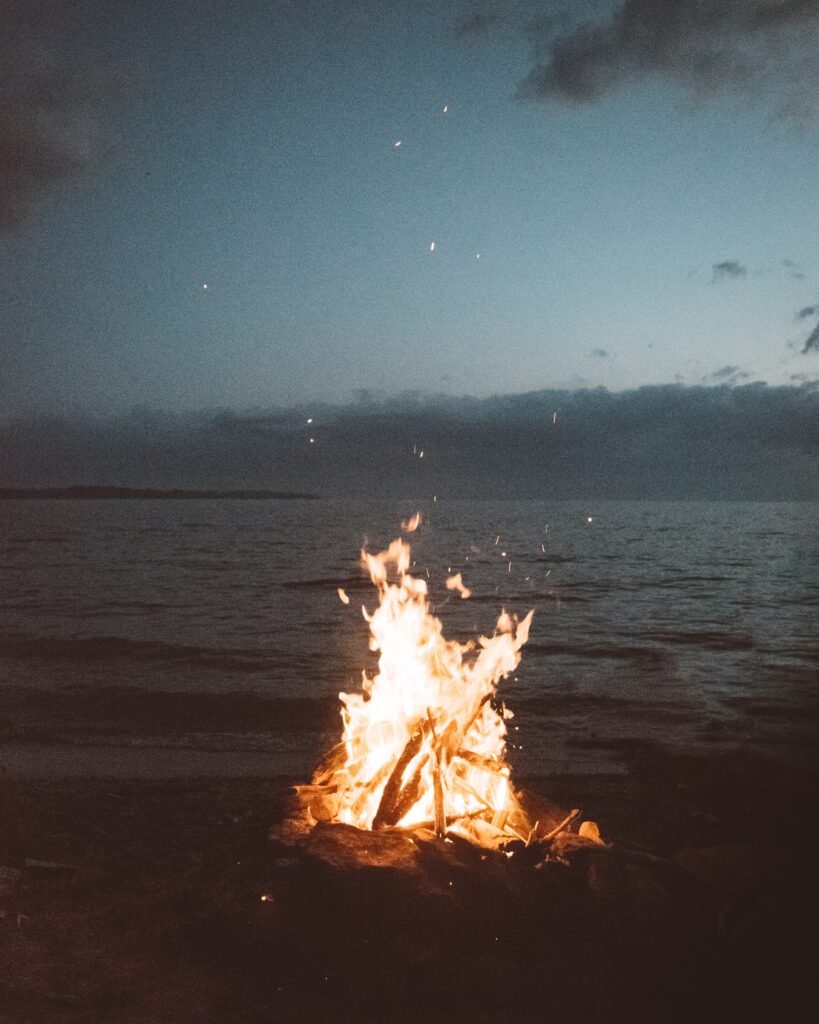
Clothing and Personal Items
Weather-appropriate clothing
Pack clothing suitable for the weather conditions at your camping destination. Consider layering options for versatility and insulation. Include items such as t-shirts, long-sleeve shirts, pants, shorts, underwear, socks, and sleepwear. Don’t forget to bring extra layers like sweaters, jackets, and rain gear in case of changing weather conditions.
Hiking boots or sturdy shoes
Invest in a good pair of hiking boots or sturdy shoes for comfort and protection while exploring the great outdoors. Look for boots with proper ankle support, a durable sole, and waterproof capabilities. Break them in before your camping trip to avoid discomfort or blisters.
Rain gear
Prepare for unexpected rain showers by bringing appropriate rain gear. A waterproof jacket, pants, and a hat will keep you dry and comfortable. Look for lightweight and breathable options that can be easily packed.
Swimsuits
If your camping trip includes swimming or water activities, don’t forget to pack swimsuits. Whether it’s a dip in the lake or a visit to a nearby beach, having swimsuits ensures you can have some fun in the water.
Towels
Pack towels for personal hygiene and drying off after swimming or bathing. Quick-drying and lightweight microfiber towels are great options for camping as they are compact and absorbent.
Toiletries
Remember to bring essential toiletries such as toothbrush, toothpaste, soap, shampoo, conditioner, and any other personal care items you may need. Opt for travel-sized or refillable containers to save space and minimize waste.
Sunscreen
Protect your skin from harmful UV rays by applying sunscreen. Choose a broad-spectrum sunscreen with a high SPF and remember to reapply regularly, especially if you’re spending time outdoors.
Insect repellent
Keep annoying bugs at bay by using insect repellent. Look for products containing DEET or alternative natural ingredients. Apply it to exposed skin and clothing to maximize effectiveness.
First aid kit
A well-stocked first aid kit is essential for any camping trip. It should include bandages, antiseptic ointment, adhesive tape, pain relievers, tweezers, scissors, and any necessary prescription medications. Familiarize yourself with the contents of the kit and know how to use them in case of emergencies.
Prescription medications
If you have any prescription medications, make sure to bring enough for the duration of your camping trip. Keep them in a secure and easily accessible place to ensure you don’t miss a dose.
Outdoor Gear
Backpack or daypack
A backpack or daypack is essential for carrying your gear, food, and other essentials while hiking or exploring the campsite. Look for a backpack with comfortable and adjustable straps, multiple compartments for organization, and a capacity that suits your needs.
Flashlights or headlamps
Having a reliable source of light is crucial for safety and convenience during nighttime. Pack flashlights or headlamps with extra batteries. Headlamps are particularly useful as they allow you to have both hands free while illuminating your path.
Pocket knife
A multi-purpose pocket knife is a handy tool for various camping tasks. It can be used for cutting rope, preparing food, or handling other small tasks. Ensure that the knife has a locking mechanism and keep it in a safe place away from children.
Map and compass
Navigate your camping area confidently by bringing a map and compass. Familiarize yourself with the map and compass reading before your trip to ensure you can find your way around.
Binoculars
Binoculars are great for observing wildlife, birdwatching, or taking in scenic views from a distance. Choose a pair with a suitable magnification level and ensure they are lightweight and easy to carry.
Camera and accessories
Capture the memorable moments of your camping trip with a camera and necessary accessories. Whether it’s a camera on your smartphone or a dedicated digital camera, make sure to have enough batteries or a portable charger.
Portable charger
Keep your electronic devices powered up by bringing a portable charger. This is especially useful if you plan to use your smartphone for navigation, taking photos, or entertainment.
Rope or paracord
Rope or paracord is a versatile tool that can be used for setting up a clothesline, tying equipment, securing tarps, or other practical purposes. Choose a strong and durable rope or paracord of appropriate length.
Firewood or fire starter
If allowed at your campsite, bring firewood, or fire starters to enjoy a cozy campfire. Check the regulations and guidelines regarding collecting firewood from the area, or you can purchase firewood locally.
Campfire cooking equipment
If you plan to cook over a campfire, bring appropriate cooking equipment such as grills, skewers, and dutch ovens. Make sure to check the regulations regarding open fires and campfires at your campsite.
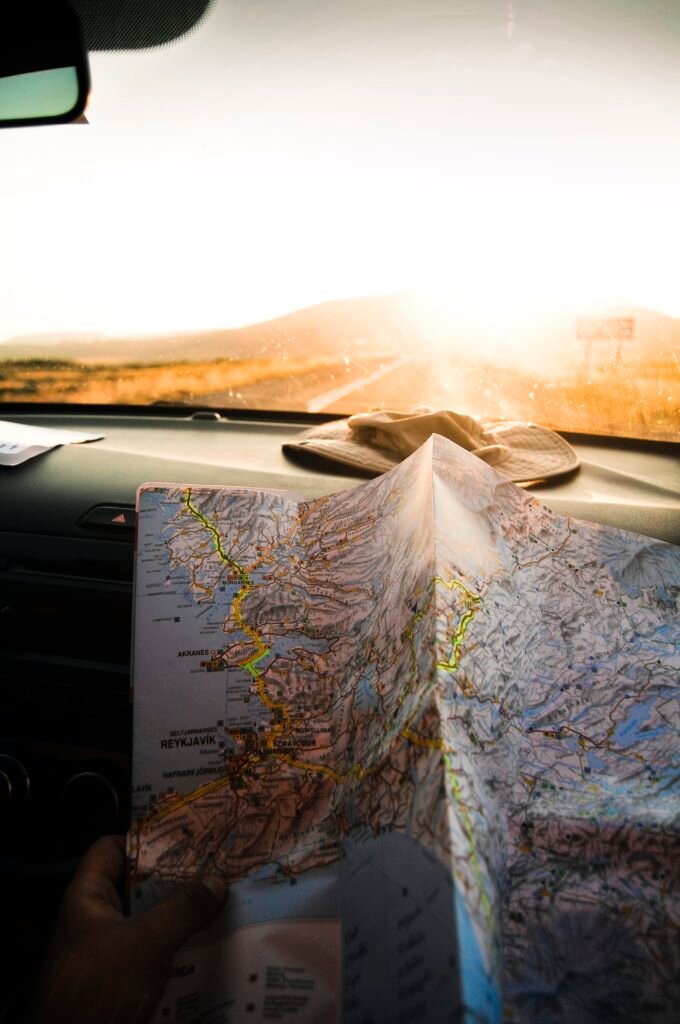
Entertainment
Books or magazines
Unwind and relax with your favorite books or magazines while enjoying the serenity of nature. Choose reading materials that suit your interests and preferences, providing endless entertainment during your downtime.
Playing cards or board games
Bring along playing cards or portable board games for some friendly competition and entertainment around the campsite. These classic games are compact and can be enjoyed by both children and adults.
Musical instruments
If you play a musical instrument, consider bringing it along to add some musical flair to your camping experience. Whether it’s a guitar, harmonica, or ukulele, playing music around the campfire can create lasting memories.
Fishing gear
If you’re camping near a body of water with fishing opportunities, bring your fishing gear. Don’t forget to check local fishing regulations and obtain any necessary permits before casting your line.
Sports equipment
Stay active while camping by packing sports equipment such as a frisbee, soccer ball, or volleyball. These activities are great for group bonding and enjoying the outdoors.
Outdoor toys for kids
If you’re camping with kids, bring some outdoor toys to keep them entertained. Things like bubbles, kites, or a small ball can provide hours of fun and laughter.
Bikes or kayaks (if applicable)
If you have access to biking or kayaking trails, consider bringing bikes or kayaks. This allows you to explore your surroundings and enjoy outdoor activities specific to your camping location. Don’t forget the necessary safety gear and equipment.
Safety and Emergency
First aid kit
As mentioned earlier, a well-stocked first aid kit is essential for any camping trip. It should include bandages, antiseptic ointment, adhesive tape, pain relievers, tweezers, scissors, and any necessary prescription medications. Familiarize yourself with the contents of the kit and know how to use them in case of emergencies.
Emergency contact information
Keep a list of emergency contact information, including local emergency services and the contact details of the nearest hospital or clinic. It’s important to be prepared and informed in case of any unforeseen emergencies.
Whistle or signaling device
A whistle or signaling device is a crucial tool to have in case you find yourself in an emergency situation and need to attract attention. It can be used to signal for help and increase your chances of being located quickly.
Fire extinguisher
To prevent and quickly extinguish any potential fires, bring a fire extinguisher designed for outdoor use. Make sure it is in good working condition and easy to access at your campsite.
Safety vest or reflective gear
If you plan to engage in activities such as hiking or biking during low-light conditions, wearing a safety vest or reflective gear can significantly increase your visibility and safety.
Extra batteries
Having extra batteries for your flashlights, headlamps, and other electronic devices is essential. It ensures that you won’t be left in the dark or without a means of communication.
Emergency shelter or tarp
In case of unexpected weather conditions or equipment failure, having an emergency shelter or tarp can provide temporary protection. Make sure it is lightweight, easy to set up, and designed for outdoor use.
Multi-tool
A multi-tool is a compact and versatile tool that combines various tools in one, such as pliers, a knife, screwdrivers, and more. It can be incredibly useful for a range of tasks while camping.
Backup power source
Consider bringing a backup power source, such as a portable generator or solar charger, to ensure you have a reliable source of power for emergency situations or charging essential electronic devices.
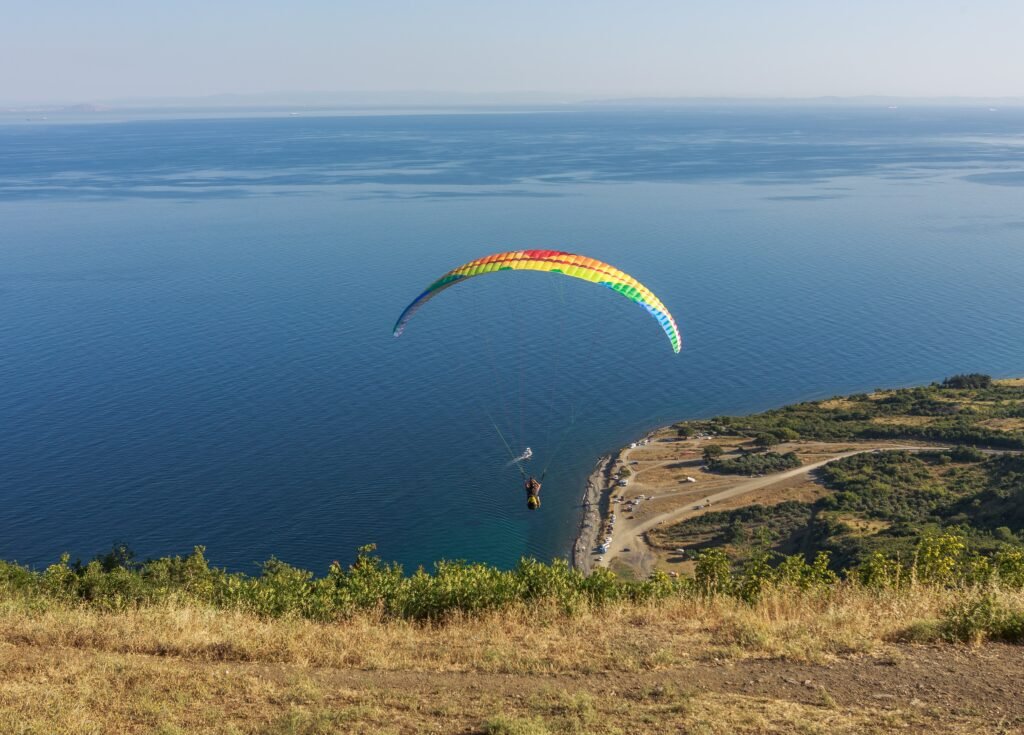
Campsite Setup
Camping checklist
Before heading out on your camping trip, create a camping checklist to ensure you don’t forget any essential items. It helps you stay organized and ensures you have everything you need for a successful and enjoyable camping experience.
Tent setup instructions
Carefully read and follow the instructions provided with your tent to ensure proper setup. Familiarize yourself with the components, assembly process, and guidelines for securing your tent. Practice setting it up before your trip, so you can easily do it at the campsite.
Tarps or ground covers
Using tarps or ground covers can add an extra layer of protection for your tent and keep the area beneath it dry. They can also provide a clean surface for activities, seating, or storing gear. Choose tarps made of durable and waterproof materials.
Campsite selection tips
When selecting a campsite, consider factors such as proximity to water sources, level ground for tent setup, access to facilities (if available), and privacy. Look for a spot that meets your specific needs and preferences while following any guidelines set by the campground.
Campfire setup and regulations
If campfires are permitted at your campsite, follow the regulations and guidelines regarding fire safety. Ensure you have a designated fire pit or area, clear the surrounding area of flammable materials, and never leave the fire unattended. Extinguish the fire completely before leaving the campsite or going to sleep.
Camping etiquette
Respect other campers and the environment by practicing good camping etiquette. Keep noise levels down, clean up after yourself, and follow any posted rules or regulations. Be considerate of other campers’ privacy and space.
Waste disposal
Proper waste disposal is essential to keep the campsite clean and protect the environment. Use designated trash cans or containers for your garbage and recyclables. If no facilities are available, pack out your waste and dispose of it properly when you return.
Water source and purification
Identify the nearest water source and ensure it is suitable for consumption. If the water source is not potable, use a water filter or purification tablets to make it safe for drinking and cooking. Follow instructions on the filter or tablets for proper usage.
Campsite furniture and decorations
Make your campsite feel like home by bringing along camping furniture and decorations. Portable tables, camp chairs, and lanterns can enhance your camping experience. Just ensure that any furniture or decorations you bring won’t damage the environment or leave a trace.
Outdoor Cooking
Campfire cooking techniques
Cooking over a campfire can be a fun and delicious experience. Learn different campfire cooking techniques, such as grilling directly over the flame, cooking with foil packs, or using a Dutch oven. Experiment with recipes and cooking methods to enhance your camping meals.
One-pot camping meals
One-pot meals are convenient and minimize cleanup while camping. Choose recipes that can be prepared using a single pot or pan. Think soups, stews, pasta dishes, or stir-fries. These meals are not only delicious but also efficient in terms of time and resources.
Campfire snacks and drinks
Don’t forget to pack snacks and drinks to enjoy around the campfire. Marshmallows for roasting, popcorn, trail mix, and hot chocolate are popular choices. Additionally, bring your favorite beverages to savor during relaxing evenings under the stars.
Food storage and safety
Practice proper food storage and safety to prevent food poisoning and attract wildlife. Store perishable items in a cooler with sufficient ice or ice packs to maintain a safe temperature. Keep food secure and away from animals by using bear-resistant containers or hanging it from a tree branch.
Cleaning and washing dishes
Maintain good hygiene while camping by cleaning utensils, cookware, and dishes properly. Use biodegradable soap and hot water for washing, and follow Leave No Trace principles when disposing of wastewater. Consider using a collapsible sink or dishwashing basin for easy cleanup.
Campfire cooking tools and accessories
Invest in suitable campfire cooking tools and accessories to enhance your outdoor cooking experience. BBQ grill grates, cast iron pans, long-handled tongs, and camping-specific cooking sets can make cooking over a campfire more efficient and enjoyable.
Campfire safety tips
Always prioritize campfire safety to prevent accidents and wildfires. Follow campground rules regarding stone or metal fire rings, restrictions on firewood gathering, and fire bans during dry and windy conditions. Keep a bucket of water or sand nearby for emergency extinguishing and never leave the fire unattended.
Camping with Kids
Camping activities for kids
Make camping memorable for kids by planning fun and engaging activities. Scavenger hunts, nature walks, star gazing, storytelling around the campfire, and outdoor games are just a few ideas to keep them entertained and excited about camping.
Safety precautions for kids
Ensure the safety of kids by setting clear boundaries and guidelines. Educate them about outdoor hazards, such as poisonous plants and wildlife. Keep a close eye on younger children, especially near bodies of water or steep terrain. Teach them about fire safety and responsible behavior around the campsite.
Choosing a kid-friendly campground
When selecting a campground, consider its amenities and availability of kid-friendly activities. Playgrounds, swimming areas, and nature trails are attractions that can keep kids entertained. Research family-oriented campgrounds and read reviews from other campers to find a suitable location.
Packing essentials for kids
Pack essential items specifically for kids, such as child-sized sleeping bags, clothes, and appropriate footwear. Bring favorite toys, comfort items, or games to make them feel more at home. Include snacks and drinks that cater to their preferences and any necessary baby supplies if applicable.
Tips for dealing with common challenges
Camping with kids can come with its challenges, but with some preparation, they can be easily overcome. Be flexible and adapt to their needs and preferences. Consider the potential for boredom or restlessness and have backup activities or games to keep them engaged. Involve them in age-appropriate tasks like setting up the tent or helping with meal preparation.
Creating a comfortable sleeping area
Ensure kids have a comfortable sleeping area by providing sufficient padding and insulation. Use sleeping pads or air mattresses for cushioning and warmth. Bring their favorite pillows and blankets for added comfort and familiar scents from home.
Leave No Trace
Leave No Trace principles
Leave No Trace is an important set of principles that guides responsible outdoor behavior. These principles include: plan ahead and prepare, travel and camp on durable surfaces, dispose of waste properly, leave what you find, minimize campfire impact, respect wildlife, and be considerate of other visitors. Familiarize yourself with these principles and prioritize their implementation during your camping trip.
Minimizing impact on the environment
Adopt practices that minimize your impact on the environment. Stay on designated trails and campsites to avoid damaging vegetation and wildlife habitats. Avoid littering and pick up any trash you find. Use biodegradable or environmentally-friendly cleaning products. Respect natural features and avoid disturbing wildlife.
Proper waste disposal
Dispose of waste properly to keep the campsite clean and protect the environment. Pack out all trash that cannot be properly disposed of at the campground. Practice Leave No Trace principles for disposing of human waste. Consider portable toilets or waste bags designed for camping, and always follow campground guidelines and regulations.
Responsible campfire practices
If campfires are allowed, ensure responsible campfire practices. Use designated fire rings or pits and avoid building new fire rings. Follow campground rules regarding firewood collection and extinguish the fire completely before leaving the campsite. Avoid burning trash or anything other than small pieces of firewood.
Leave No Trace gear and tools
Consider investing in Leave No Trace gear and tools that promote sustainable camping practices. These may include biodegradable soap, lightweight and reusable dishware, bear-resistant food containers, and collapsible water containers. These items contribute to reducing waste and minimizing environmental impact.
Encouraging others to follow Leave No Trace
Set an example and encourage others to follow the principles of Leave No Trace. Educate fellow campers about responsible camping practices and the importance of preserving the natural environment. Lead by example and demonstrate how to properly dispose of waste, respect wildlife, and maintain a clean and enjoyable campsite.


